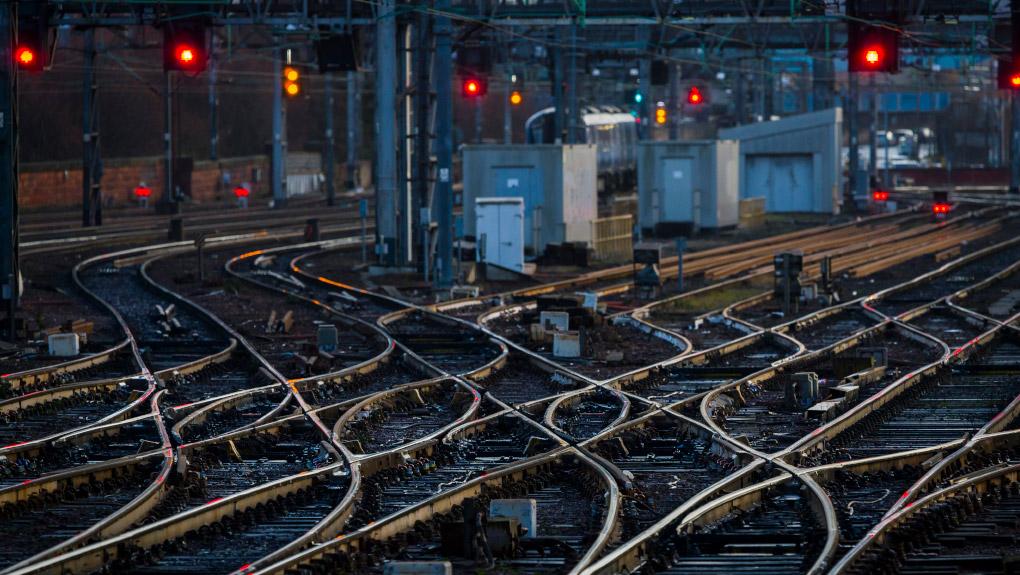
The process, known as the 2023 Periodic Review (PR23), sets a five-year settlement that will determine the level of funding the infrastructure owner (Network Rail/Great British Railways) should receive for its operation, maintenance and renewals activities and what, in return, it should be required to deliver from this over five years from April 2024, known as Control Period 7 (CP7).
ORR’s process will also provide a framework through which ORR will hold the infrastructure owner to account for delivering these during CP7. The UK government has indicated in the Williams- Shapps Plan for Rail that Great British Railways will be held to account for delivering commitments that Network Rail enters into for CP7. This ensures there is clear accountability for delivery and transparency about whether it is achieving this, and stability for investment during a period of change.
PR23 will respond to the challenges facing the railway, and the planned reforms as the Williams-Shapps Plan is implemented. It will support the delivery of a more integrated railway that delivers improvements for customers, both passengers and freight.
The focus for the periodic review is:
- Safety: the rail network must be maintained in a safe condition for all of its users, workers and the public;
- Performance: the railway must be customer focused, making effective use of its capacity to deliver services that are punctual and reliable for both passengers and freight
- Asset sustainability: assets must be planned and managed to deliver their greatest value over the course of their operational lives; and
- Efficiency: Network Rail, or a successor body, must be subject to stretching but realistic efficiency targets.
Dan Brown, ORR’s director of strategy and policy said:
Notes to editors:
- More information about the five-year settlement process
- Key decisions on funding availability and required outputs are made by the governments in England & Wales and in Scotland as the principle funders of the railway. The Secretary of State and Scottish Ministers each provide clear objectives for the railway through the High-Level Output Specification (‘HLOS’). At the same time they will set out funding they will make available to deliver this in the Statement of Funds Available (‘SoFA’).
- To help inform the HLOSs and SoFAs, ORR provides independent, expert advice and assurance to funders. Once the HLOSs and SoFAs are set, the infrastructure owner develops detailed business plans that set out what operations, maintenance and renewals it can deliver within the funding being provided, including how it can meet funders’ objectives. ORR scrutinises these plans and makes a final determination about the allocation of that funding between regions (and other business units) and the outputs they must deliver over a control period.
- The importance of the periodic review process is founded in the need to make long-term decisions about funding the operations, maintenance and renewal of the existing track, bridges, stations and other assets.
- Network Rail’s operations, maintenance and renewals funding (including other related costs such as financial risk funding, traction electricity, industry rates, schedule 4&8 and other income) for the current 5-year current period is £41 billion (cash prices). This included a requirement to deliver £3.5bn of efficiencies.

